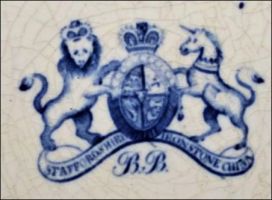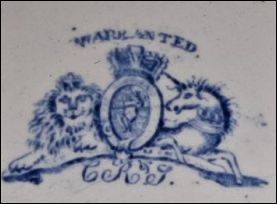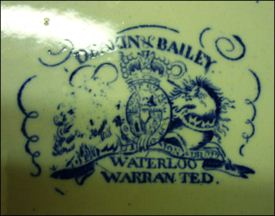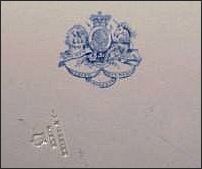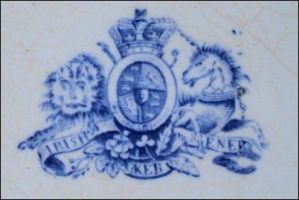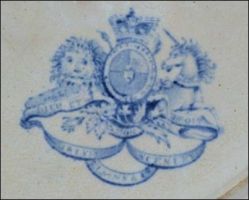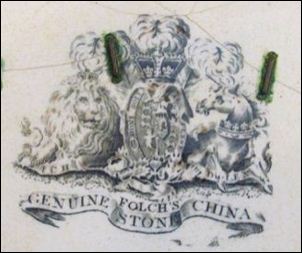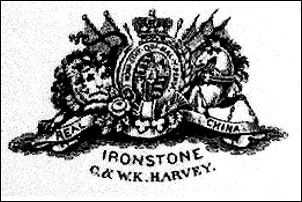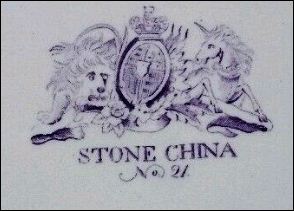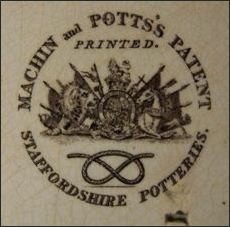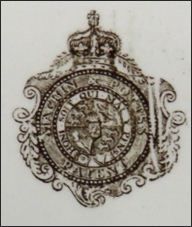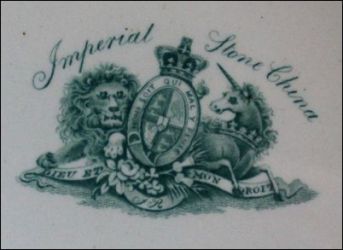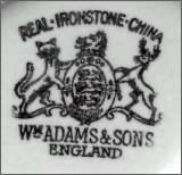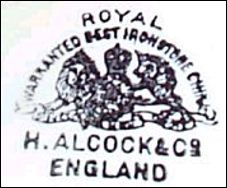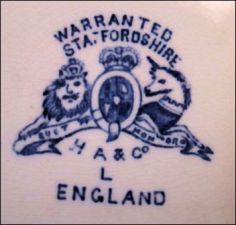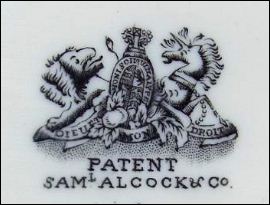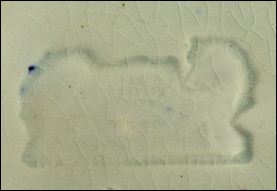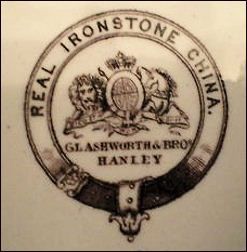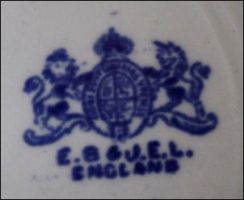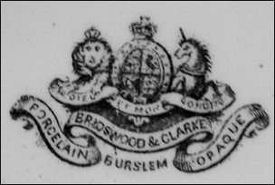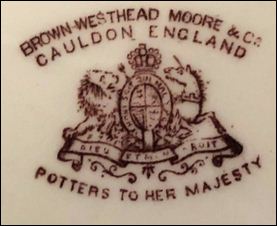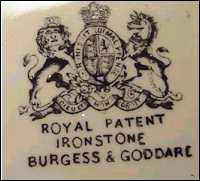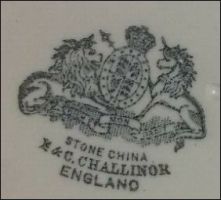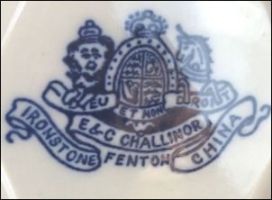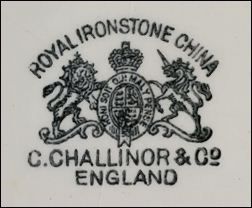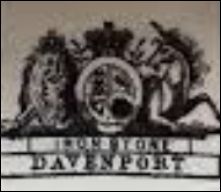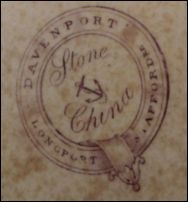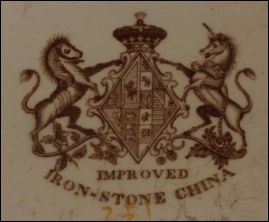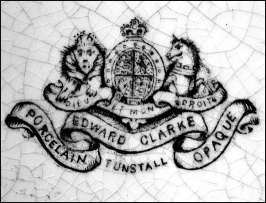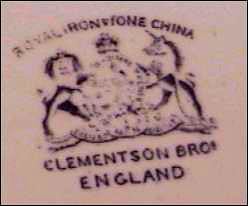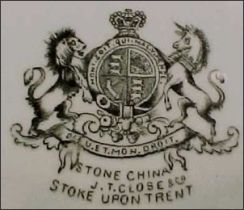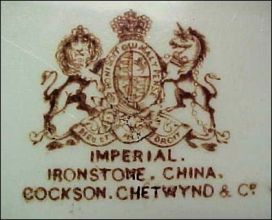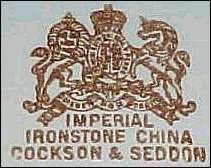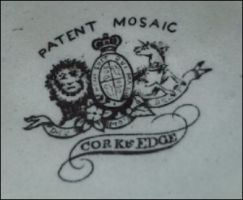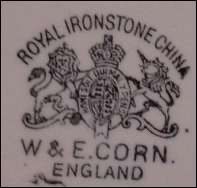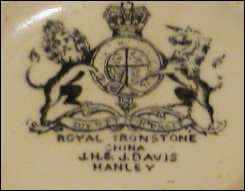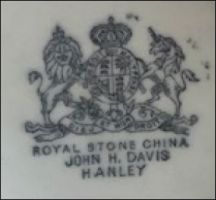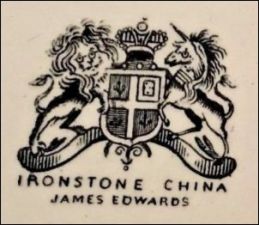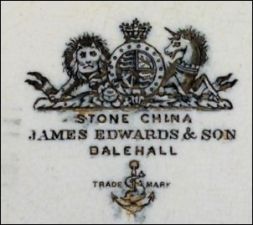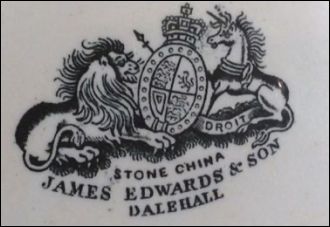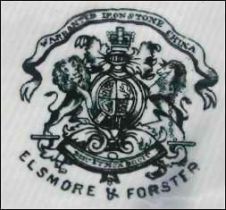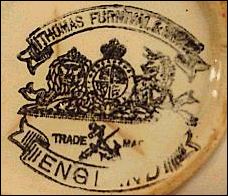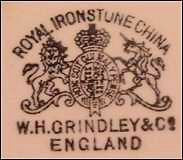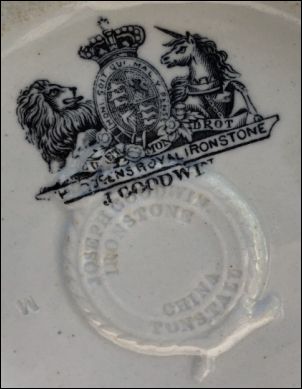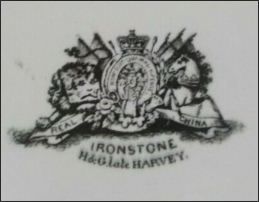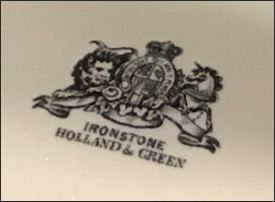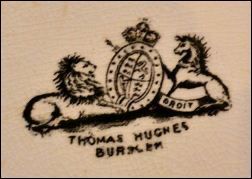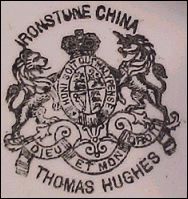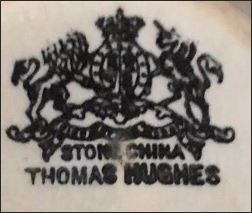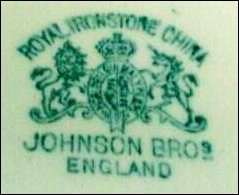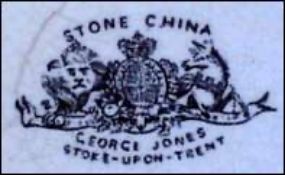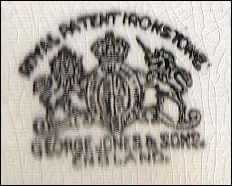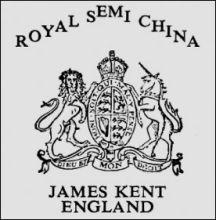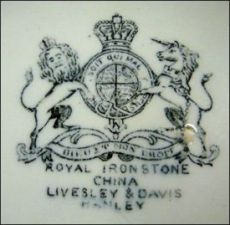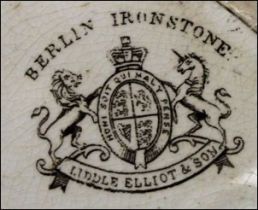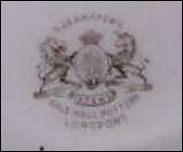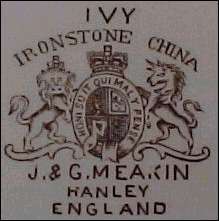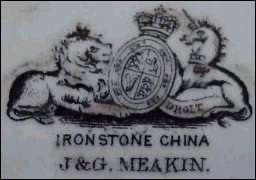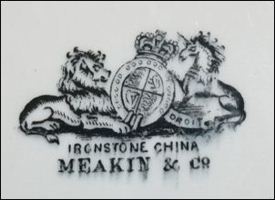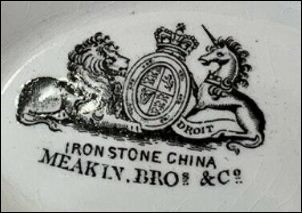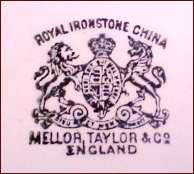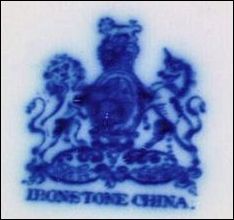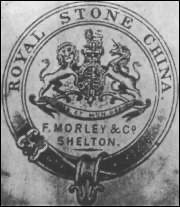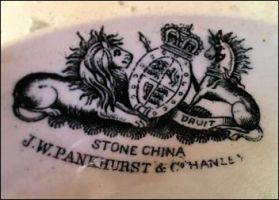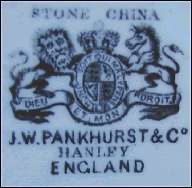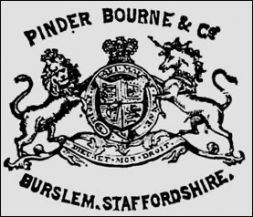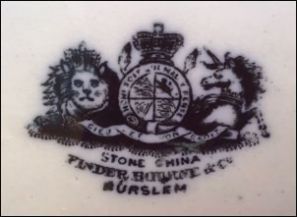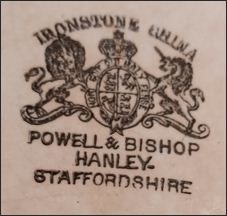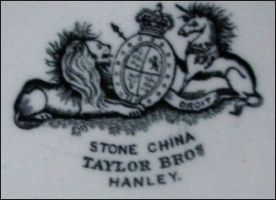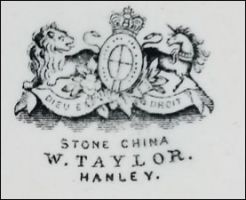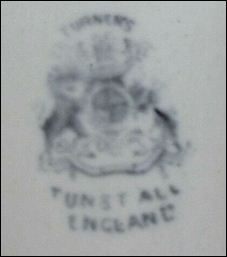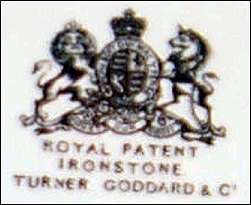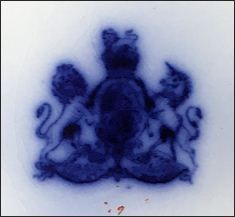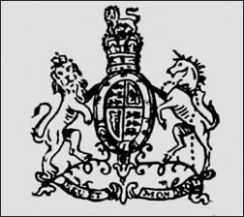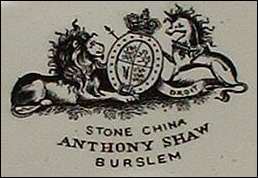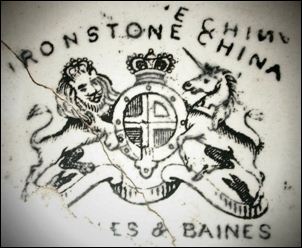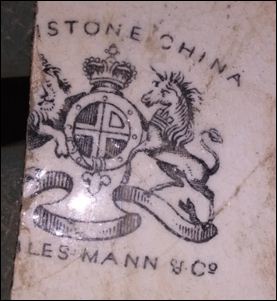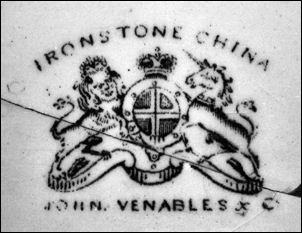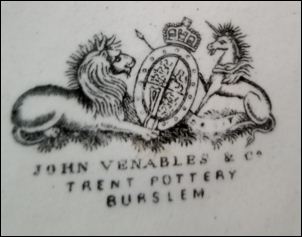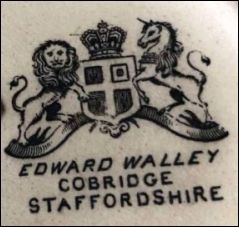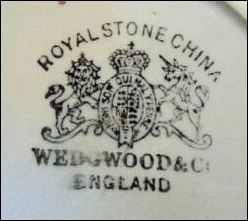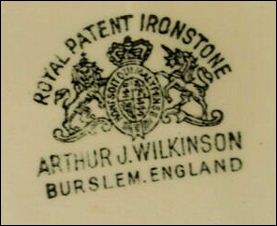| Stoke-on-Trent, England - home of the North Staffordshire Potteries |
|
|
| Index for Royal Coat of Arms on Pottery |
English (North Staffordshire) Potters use of the Royal Coat of Arms
![]()
![]()
![]()
previous: pre & post 1837
Arms
next: American potters use of the Arms
Examples of the use of the Royal Arms on pottery manufacturers marks.
The Royal Arms may only be used legitimately by businesses which are holders of a Royal Warrant. Nowadays Royal Warrants are granted to people or companies who have regularly supplied goods or services for a minimum of five consecutive years to members of the Royal Family.
However in the late 19th and early 20th century many potters who did not have a Warrant (both in England and also foreign firms) also used the Arms (or some similar design) as part of their mark - to gain some sense of importance and value.In the same way many potters used the name "Royal" as part of their name or trade mark as in 'Royal Patent', 'Royal Ironstone China' - even though they have no Royal connection.
Use of the pre-1837 British Royal Coat of Arms with the additional centre shield in the main shield:
From 1801 the arms of England occupied the first and fourth quarters, the arms of Scotland the second, and the arms of Ireland the third. For the house of Hanover, there was an escutcheon overall (centre shield).
In 1837, the Hanoverian escutcheon and crown were removed because Queen Victoria, as a woman, was unable to succeed to the throne of Hanover under Hanoverian law.
China Chimney Piece
Mason & Co. Patentees Staffordshire Potteries
Patent Iron Stone China
this version of the arms incorporates a drape of cloth under the crown
pre-1837 arms - manufacturer uncertain
the letters 'TOCK' from the partial word might be part of a pattern name
Shard recovered (2024) from the Vistula River, Warsaw, Poland
photo courtesy: Maxim Stetsiura
|
impressed mark 'Elkin, Knight & Co' with crown above |
|
|
|
this version incorporates the Prince of Wales feathers and the motto 'Ich Dien' (I Serve) |
|
Hicks & Meigh marks often didn't have the manufacturers name. |
|
the mark incorporates the Royal Arms and the Stafford Knot
|
in the centre of the mark is the one of the mottos of the Royal Arms and the symbols of the four nations of England, Wales, Scotland and Ireland
|
|
Examples of the use of the post 1837 British Royal Coat of Arms:
|
this mark appears with and without the manufacturers name |
Samuel Alcock & Co |
|
|
|
|
|
|
|
these
belt and arms marks both appear on |
|
|
|
|
|
|
|
|
|
|
|
|
|
|
Holland
& Green operated 1854-81 and therefore should have used the arms
without the central small shield - however they continued the mark of
|
|
|
|
|
|
|
|
|
|
|
|
|
|
|
printed
mark - usually accompanied by an impressed mark bearing the name |
|
|
|
Oulsnam
at the Soho Works, Tunstall |
Oulsnam
& Sons in Newcastle Street, |
|
|
|
|
|
|
|
Godden - Encyclopaedia of British Pottery and Porcelain Marks |
|
|
c. 1850 to 1852 |
c. 1852 to 1856 |
c. 1853 to 1855
|
c. 1860 - ?
|
|
|
|
| Index
for Royal Coat of Arms on Pottery |
Questions, comments, contributions? email: Steve
Birks


